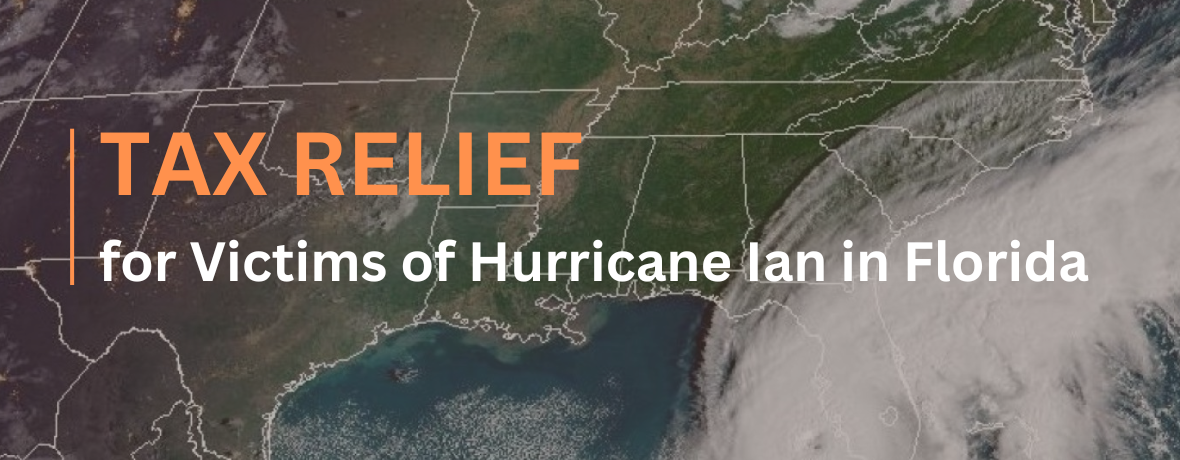Late last year, the IRS announced limited relief for required information reporting under the Affordable Care Act (ACA). The agency extended the deadline for furnishing Forms 1095-B and 1095-C to individuals for the 2016 tax year. But the extension does not apply to filing with the agency itself. Luckily, penalty relief is available for some filers. Bederson covers the detail of that penalty relief in this article.
Furnishing forms
The deadline for furnishing Forms 1095-B, “Health Coverage,” and 1095-C, “Employer-Provided Health Insurance Offer and Coverage,” to individuals has been extended by 30 days, from January 31, 2017, to March 2, 2017. Because of this automatic extension, no further extension may be obtained by application to the IRS, and the agency won’t formally respond to any previously submitted deadline extension requests relating to 2016 statements.
Importantly, the due date for filing Forms 1094-B and 1094-C (and accompanying Forms 1095) with the IRS has not been extended. The deadline remains February 28, 2017, for paper filings, and March 31, 2017, for electronic filings. (Electronic filing is mandatory for entities required to file 250 or more Forms 1095.) Filers may, however, obtain an automatic 30-day extension by filing Form 8809 on or before the regular due date.
Obtaining penalty relief
The IRS will again provide penalty relief for entities that can show they’ve made good-faith efforts at compliance. (Penalty relief was first provided for statements furnished and returns filed in 2016 for the 2015 tax year.)
No penalties will be imposed on entities that report incorrect or incomplete information — either on statements furnished to individuals or returns filed with the IRS — if they can show they made good-faith efforts to comply with the reporting requirements. The notice specifies that the relief applies to missing and inaccurate taxpayer identification numbers and dates of birth, as well as other required information.
Penalty relief isn’t available to entities that fail to furnish statements or file returns, miss an applicable deadline, or are otherwise not making good-faith efforts to comply. Evidence of such efforts may include:
- Gathering necessary data and transmitting it to a third party to prepare the required reports,
- Testing the ability to transmit data to the IRS, and
- Taking steps to ensure compliance for 2017.
Those unable to meet the due dates are still encouraged to furnish and file as soon as possible, because the IRS says it will take such furnishing and filing into consideration when determining whether to abate penalties for reasonable cause. (Reasonable cause is distinct from good-faith relief and requires, among other things, proof of significant mitigating factors or events beyond the reporting entity’s control.)
Getting it while you can
Those responsible for furnishing Forms 1095-B and 1095-C to individuals will likely welcome this extension, even though it’s more limited than the extensions granted for 2015 filings. The IRS has indicated that it doesn’t anticipate providing similar relief for the 2017 tax year. Of course, there may be significant changes to the ACA under the Trump administration. Although no legislation has been presented, on January 23, 2017, one possible replacement for the ACA was introduced by Senators Susan Collins (ME) and Bill Cassidy (LA), called the Patient Freedom Act of 2017.
New law launches HRA for small employers
In December, Congress passed the 21st Century Cures Act. The long and complex bill covers a broad range of health care topics, but of particular interest to some businesses should be the Qualified Small Employer Health Reimbursement Arrangement (QSEHRA) provision.
Under this provision, certain small employers can maintain general purpose, standalone HRAs that aren’t “group health plans” for most purposes under the Internal Revenue Code, Employee Retirement Income Security Act and Public Health Service Act.
More specifically, the legislation allows employers that aren’t “applicable large employers” under the Affordable Care Act to provide a QSEHRA if they don’t offer a group health plan to any of their employees. Annual benefits under a QSEHRA:
- Can’t exceed an indexed maximum of $4,950 per year ($10,000 if family members are covered),
- Must be employer-funded (no salary reductions), and
- Can be used for only IRC Section 213(d) medical care.
QSEHRA benefits must be offered on the same terms to all “eligible employees” (certain individuals can be disregarded) and may be excluded from income only if the recipient has minimum essential coverage. There is a notice requirement and employees’ permitted benefits must be reported on Form W-2. If you have any questions, or need clarification, please do not hesitate to call Bederson.
We, at Bederson strive to keep our clients updated on new developments in healthcare reform and accompanying compliance matters. We look forward to utilizing insights to create proactive plans and seize opportunities that yield optimal outcomes for everyone in our client family.
Toni Klimowicz, CPA
Partner
tklimowicz@bederson.com
(973) 530-9131
continue reading
Related Posts
More than three million residents are eligible for up to
The IRS has provided tax relief for victims of Hurricane
Resources: https://www.irs.gov/businesses/small-businesses-self-employed/virtual-currencies Virtual currency transactions are taxable by law just







